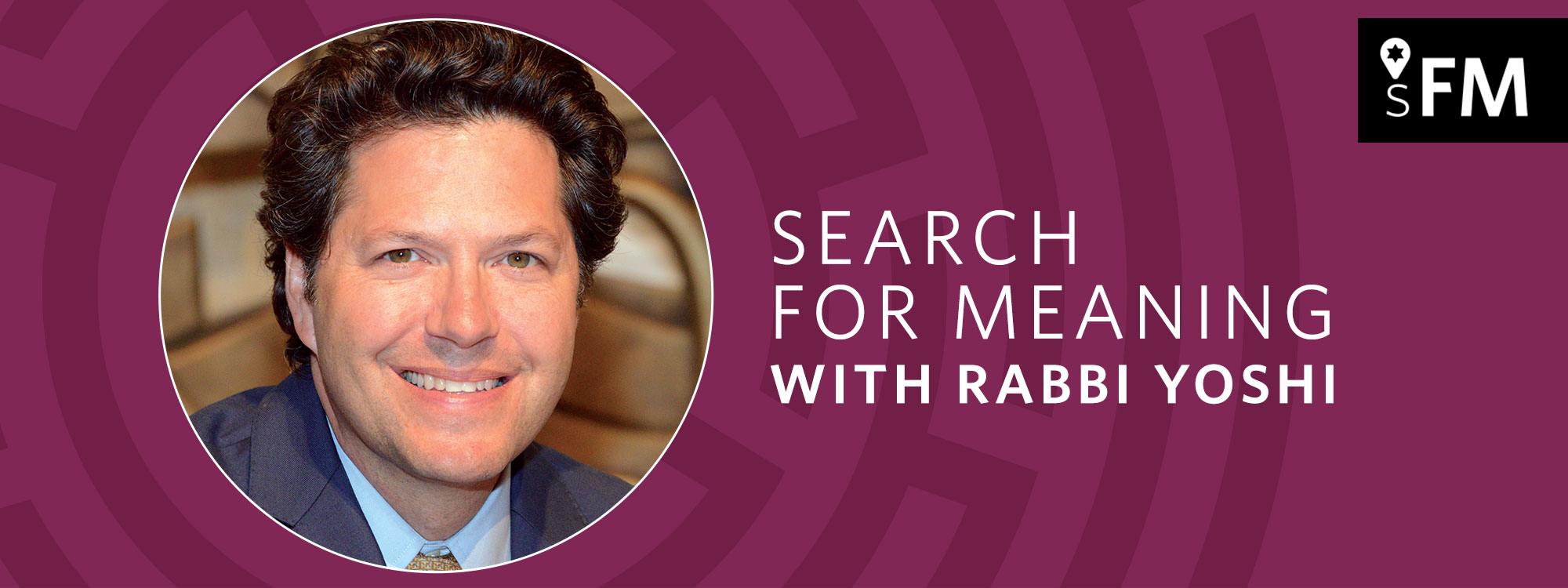In the latest edition of his Search for Meaning podcast, Stephen Wise Temple Senior Rabbi Yoshi Zweiback hosts Jean-Claude Nkulikiyimfura and Shiri Sandler, the leadership team for the Agahozo-Shalom Youth Village in Rwanda.
In 2005, while attending a talk about the Genocide against the Tutsi, Anne Heyman (z”l) learned that Rwanda had no systemic solution to support the well-being and development of its 1.2 million orphans. Recognizing the parallels to the orphan crisis spawned by the Holocaust, Heyman looked to Israel for a solution: After the Shoah, Israel had built residential communities that ensured the orphans’ safety, security, and development. In 2008, applying Rwandan culture to the Israeli model, Heyman opened Agahozo-Shalom Youth Village with a class of 128 students, all survivors of the 1994 Genocide against the Tutsi.
Nkulikiyimfura was born to parents forced to flee their country as teenagers. Had Agahozo-Shalom Youth Village existed then, they would have been welcomed. When he first heard about the village in 2010, he was already an adult. Invited by Heyman to visit with his wife, he was blown away.
“We did not understand the concept of a youth village,” Nkulikiyimfura says. “We were like, ‘OK, this must be an orphanage or a boarding school.’ It was none of the above. It was a place, a home, for kids who had lost family members. It was a place where we think our kids are allowed to reclaim their adolescence. It’s a place that we believe our parents would have wanted for their own kids, had they been alive.”
More than 1,600 children have come through Agahozo-Shalom Youth Village in the last 14 years. Though the children who come through today are no longer survivors of the genocide, they are a part of its legacy of poverty, abuse, drug addiction, and forced prostitution. One of those children, Fabrice Mpozenzei, traveled with Sandler and Nkulikiyimfura to tell his story.

